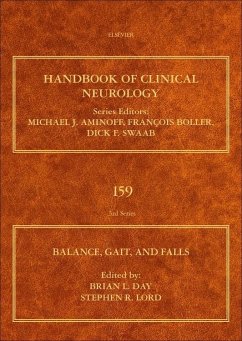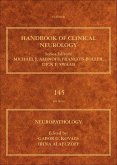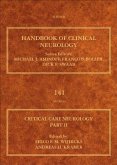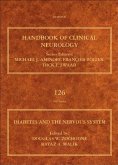Balance, Gait, and Falls, Volume 159 presents the latest information on sensorimotor anatomy, sensory integration, gravity and verticality, standing balance, balance perturbations, voluntary stepping and gait initiation, gait and gait adaptability, disorders of balance and gait that result from aging and neurological diseases. The book provides a brief overview of age-related changes in the structure and function of sensorimotor and central processes, with sections specifically devoted to Parkinson's disease, parkinsonism, cerebellar ataxia, stroke, corticobasal degeneration, multiple sclerosis, Huntington's disease, dystonia, tremor, Alzheimer's disease, frontotemporal dementia, cerebral palsy, polio, motor neuron disease, brainstem lesions, spinal lesions, peripheral nerve disease, and psychogenic conditions.
Diseases covered have a common structure comprising background and epidemiology, pathology, balance disorders, gait disorders, falls, therapies (including fall prevention), and future directions.
Hinweis: Dieser Artikel kann nur an eine deutsche Lieferadresse ausgeliefert werden.
Diseases covered have a common structure comprising background and epidemiology, pathology, balance disorders, gait disorders, falls, therapies (including fall prevention), and future directions.
Hinweis: Dieser Artikel kann nur an eine deutsche Lieferadresse ausgeliefert werden.








